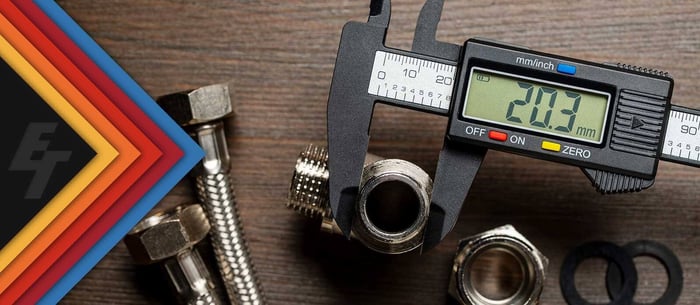The emergence of 3D manufacturing capabilities has ignited a wave of transformative opportunities across various industries. In the realm of tooling, this innovative technology has revolutionized traditional manufacturing processes, unlocking unparalleled levels of efficiency, customization, and cost-effectiveness. In this article, we will delve into the remarkable impact of 3D manufacturing in the tooling industry, exploring real-world examples from industry leaders such as Seco Tools. By harnessing the power of additive manufacturing techniques, Seco Tools has spearheaded the development of cutting-edge tooling solutions. Join us on this journey as we explore how 3D manufacturing is reshaping the future of tooling. How 3D Manufacturing Revolutionizes Tooling...
- The Rise of 3D Manufacturing: The rise of 3D manufacturing technologies has marked a paradigm shift in the industrial landscape. This revolutionary approach allows manufacturers to fabricate intricate tooling components with precision and efficiency. Unlike traditional subtractive manufacturing techniques, 3D printing builds objects layer by layer, resulting in complex geometries that were previously unattainable. This process opens up a realm of design possibilities and enables the production of customized tooling solutions.
- Seco Tools' Pioneering Initiatives: Seco Tools, a global leader in cutting-edge solutions, has been at the forefront of harnessing 3D manufacturing to create new opportunities in tooling. By leveraging additive manufacturing techniques, the company has developed innovative tooling solutions that cater to specific customer requirements. With 3D printing, Seco Tools can design and fabricate tools with intricate internal features and optimized geometries, resulting in enhanced functionality and overall performance.
- Customization and Performance Optimization: One of the most significant advantages of 3D manufacturing in tooling is the ability to customize designs to meet specific needs. Unlike traditional manufacturing methods, 3D printing allows for the creation of tools with unique designs and specialized features. This level of customization leads to improved tool performance, increased productivity, and enhanced end-user satisfaction. Seco Tools has embraced the potential of 3D manufacturing to develop cutting tools tailored to excel in specific applications, delivering superior results to their customers.

- Efficiency Gains and Reduced Lead Times: 3D manufacturing offers substantial efficiency gains in the tooling industry. By eliminating the need for multiple machining operations and assembly processes, 3D printing significantly reduces lead times. Tooling components can be produced rapidly, accelerating the overall production cycle. Seco Tools has embraced this advantage by utilizing 3D manufacturing for prototyping, creating tool inserts, and producing critical components. This approach not only saves time but also enhances responsiveness to customer demands, resulting in increased satisfaction.
- Cost Savings and Sustainability: In addition to efficiency gains, 3D manufacturing presents significant opportunities for cost savings in tool production. By optimizing designs and reducing material waste, manufacturers can achieve substantial cost reductions. The ability to print on-demand minimizes the need for large inventory stocks, resulting in lower storage costs and reduced risk of obsolescence. Seco Tools, a champion of sustainability, has embraced 3D manufacturing as part of its eco-friendly initiatives. By reducing waste and optimizing material usage, they minimize their environmental footprint.
- Pushing Boundaries with Advanced Materials: 3D manufacturing not only revolutionizes the tooling process but also enables the exploration of advanced materials. With the ability to print using a wide range of materials, including metal alloys, polymers, and composites, manufacturers can push the boundaries of tooling performance. Seco Tools has been at the forefront of material innovation, leveraging 3D manufacturing to develop tools with superior hardness, wear resistance, and thermal stability. This allows for extended tool life, reduced tooling costs, and improved machining outcomes.
- Collaboration and Knowledge Sharing: The advent of 3D manufacturing has fostered a culture of collaboration and knowledge sharing within the tooling industry. Manufacturers, engineers, and designers can leverage online communities, forums, and platforms to exchange ideas, discuss challenges, and explore new possibilities. Seco Tools actively engages with customers, sharing insights and expertise to facilitate the adoption of 3D manufacturing and push the boundaries of what is possible in tooling.
Conclusion:
The integration of 3D manufacturing capabilities has unleashed unprecedented potential in the tooling industry. Seco Tools and other industry leaders have embraced this revolutionary technology, leveraging additive manufacturing techniques to create cutting-edge tooling solutions that offer customization, improved performance, reduced lead times, and cost savings. As 3D manufacturing continues to evolve, it will drive further advancements in tooling, propelling the industry into new frontiers of innovation. Embracing the transformative power of 3D manufacturing in tooling is not just a competitive advantage but a gateway to unlocking boundless possibilities.





